Rice is More than a Tasty Grain, Says The Rice Foundation’s Steve Linscombe
He outlines how the use of rice’s by-products is growing, from providing alternative animal feed sources to sustainably powering our electricity.
Read moreHe outlines how the use of rice’s by-products is growing, from providing alternative animal feed sources to sustainably powering our electricity.
Read moreThat’s why they use a range of conservation practices, which has led to a 39% increase in land use efficiency and a 52% reduction in water consumption in the past 36 years.
Read more4 February 2021: Leather’s status as a by-product is examined in this report, as informed by a quantitative economic analysis commissioned by the Leather and Hide Council of America.
Read moreThe funding will implement working lands conservation practices for rice producers, focused on water management, nutrient management, and winter habitat for wildlife.
Read moreUSA Rice and The Rice Foundation have announced ambitious new sustainability targets for 2030. These build on more than three decades of conservation achievements. The new targets span six key […]
Read moreThe USA Rice Federation is the global advocate for all segments of the U.S. rice industry with a mission to promote and protect the interests of producers, millers, merchants and allied businesses. The USA Rice Federation represents a commitment to consensus-building, to equipping the U.S. rice industry with the strength of a united voice. On a national level, U.S. rice production has become increasingly efficient over the years, relying on fewer inputs to produce more rice. The rice industry is moving toward meeting increasing demand while achieving a reduced environmental impact for every 100 pounds of rice produced. America’s rice farmers produce more than 20 billion pounds of rice each year, providing 85 percent of the rice that is consumed in the United States.
Read moreU.S. rice farmers know that sustainability is central to delivering the best rice to homes around the country and the world. Here are a few ways rice farmers think about […]
Read moreUSA Rice farmer, Jennifer James, spoke to Farmers Guardian, a leading UK farming publication, about her life and what it is really like growing rice, corn and soybeans in Arkansas. […]
Read moreA new report from The Rice Foundation charts U.S. rice’s longstanding commitment to sustainability over the past 36 years. The U.S. Rice Industry Sustainability Report outlines how the rice industry […]
Read moreEvery month, Field to Market uses “Farmer Spotlight” to give due honors to farmers that are using exceptional and or innovative sustainable farming practices. Three of the 12 honorees in […]
Read more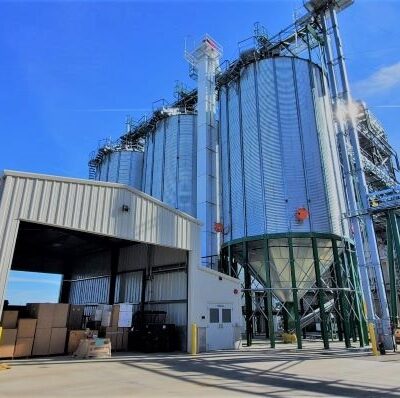
He outlines how the use of rice’s by-products is growing, from providing alternative animal feed sources to sustainably powering our electricity.
Read more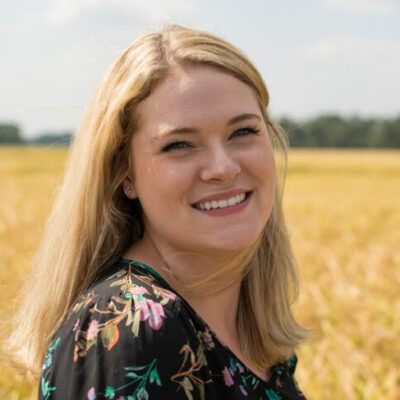
That’s why they use a range of conservation practices, which has led to a 39% increase in land use efficiency and a 52% reduction in water consumption in the past 36 years.
Read more
4 February 2021: Leather’s status as a by-product is examined in this report, as informed by a quantitative economic analysis commissioned by the Leather and Hide Council of America.
Read more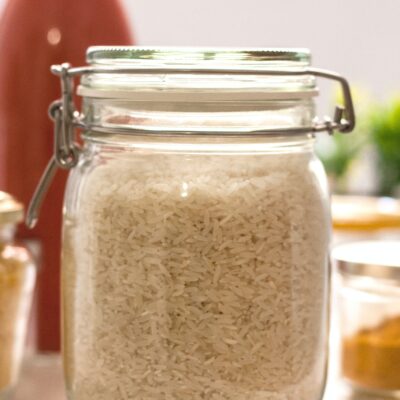
The funding will implement working lands conservation practices for rice producers, focused on water management, nutrient management, and winter habitat for wildlife.
Read more
USA Rice and The Rice Foundation have announced ambitious new sustainability targets for 2030. These build on more than three decades of conservation achievements. The new targets span six key […]
Read more
The USA Rice Federation is the global advocate for all segments of the U.S. rice industry with a mission to promote and protect the interests of producers, millers, merchants and allied businesses. The USA Rice Federation represents a commitment to consensus-building, to equipping the U.S. rice industry with the strength of a united voice. On a national level, U.S. rice production has become increasingly efficient over the years, relying on fewer inputs to produce more rice. The rice industry is moving toward meeting increasing demand while achieving a reduced environmental impact for every 100 pounds of rice produced. America’s rice farmers produce more than 20 billion pounds of rice each year, providing 85 percent of the rice that is consumed in the United States.
Read more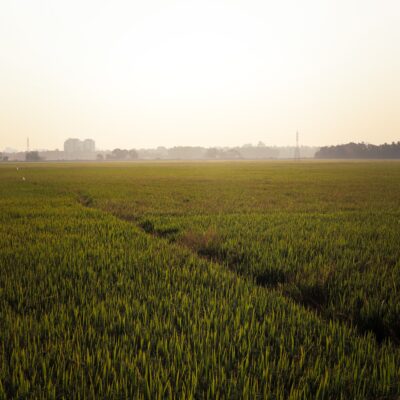
U.S. rice farmers know that sustainability is central to delivering the best rice to homes around the country and the world. Here are a few ways rice farmers think about […]
Read more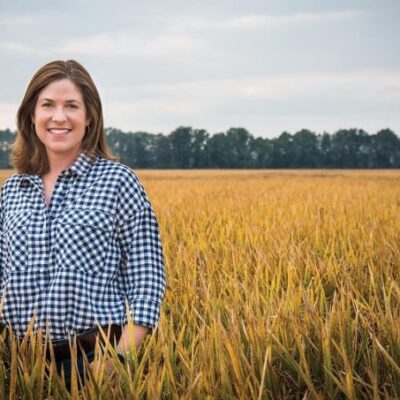
USA Rice farmer, Jennifer James, spoke to Farmers Guardian, a leading UK farming publication, about her life and what it is really like growing rice, corn and soybeans in Arkansas. […]
Read more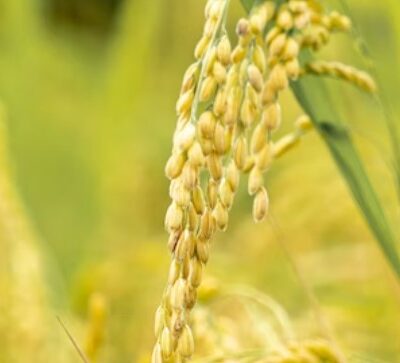
A new report from The Rice Foundation charts U.S. rice’s longstanding commitment to sustainability over the past 36 years. The U.S. Rice Industry Sustainability Report outlines how the rice industry […]
Read more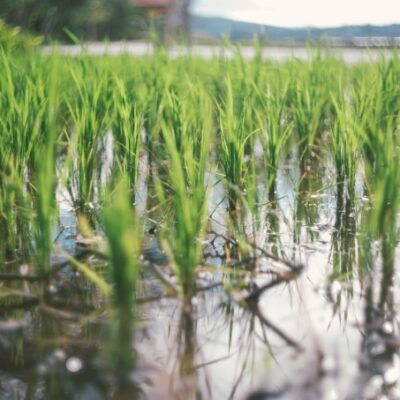
Every month, Field to Market uses “Farmer Spotlight” to give due honors to farmers that are using exceptional and or innovative sustainable farming practices. Three of the 12 honorees in […]
Read more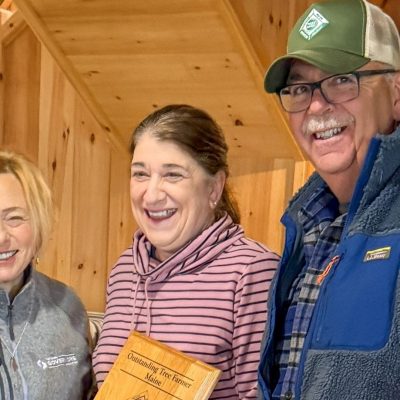
After more than three decades of tree farming, Jay and Kathryn Libby have won the 2025 Maine Outstanding Tree Farm Award.
Read more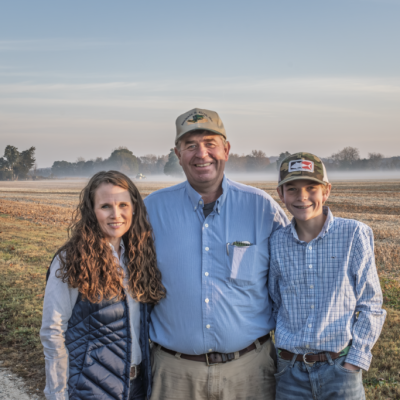
The Ellis family - Benjamin, Shannon and their son Tripp - farm in the environmentally sensitive and highly regulated Chesapeake Bay Watershed.
Read more
As the public and private sectors increasingly choose building materials based on factors such as carbon footprint and renewability rather than solely on cost, sustainably sourced wood products offer a promising solution.
Read more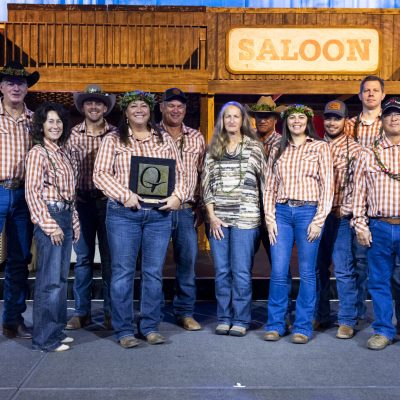
The old Hawaiian proverb “The land is chief, and man is its servant” guides Parker Ranch and its cow-calf operation. The ranch raises cattle in a way that respects natural resources while ensuring cattle health, beef quality and food safety.
Read more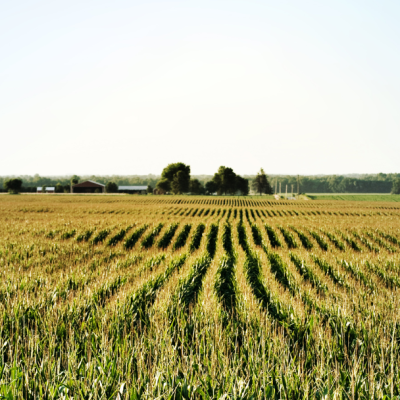
May 2025. A detailed overview of U.S. agricultural exports in 2024, highlighting key export markets and top-performing commodities.
Download now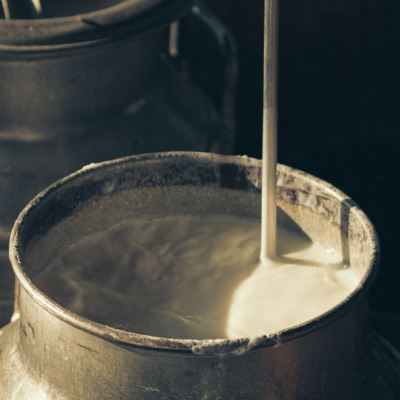
May 2025. A comprehensive farmgate life cycle assessment (LCA) that enhances understanding of greenhouse gas emissions in the U.S. dairy industry.
Download now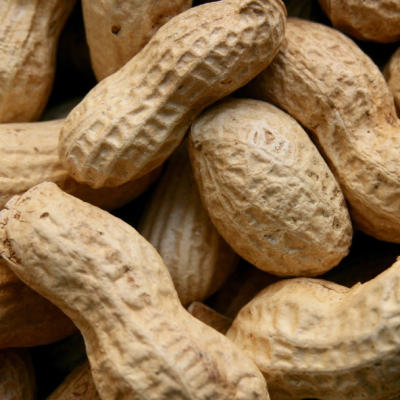
May 2025. The latest annual report from The Peanut Research Foundation, the American Peanut Council's research arm, highlights the latest research innovation and investments aimed at keeping the U.S. peanut industry competitive.
Download now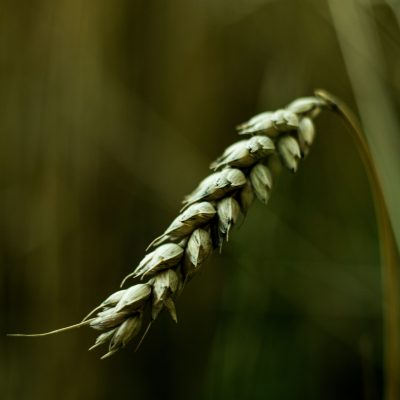
April 2025. An updated study examining the contributions of U.S. grain exports to the U.S. economy.
Download now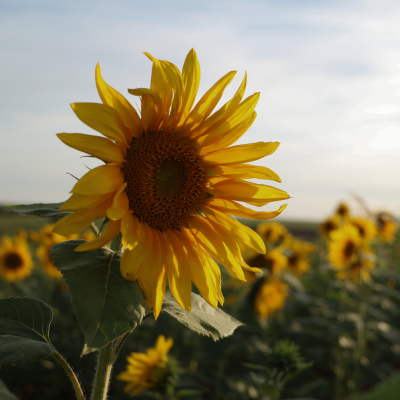
USSA News: latest agricultural trade export data, new dairy LCA, Maine's forest stewards.
Read more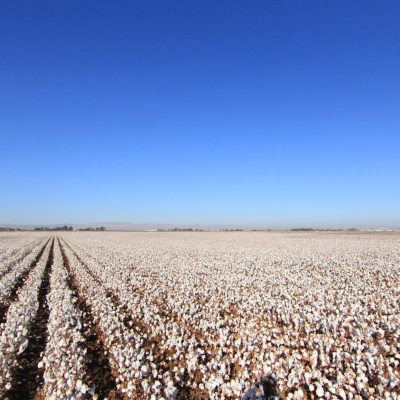
The U.S. Cotton Trust Protocol has achieved its sixth consecutive year of growth. The voluntary sustainability program for U.S. cotton now represents 18% more acres and 14% more growers than in 2024.
Read more
U.S. Secretary of Agriculture Brooke Rollins led a trade delegation to Rome, Italy, in early June as part of a program to expand market access for U.S. agricultural products in Europe.
Read more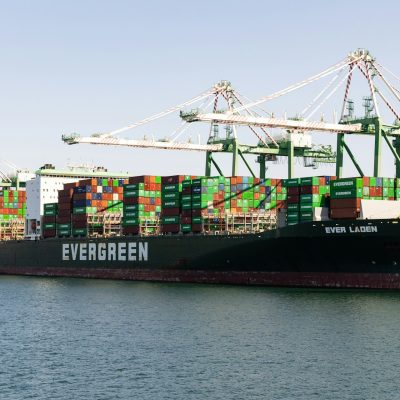
In 2024, the value of U.S. agricultural exports reached $176 billion, the third-highest total on record. The European Union (EU) emerged as the fourth-largest market for these exports, with tree nuts ranking as the top export commodity in the region.
Read more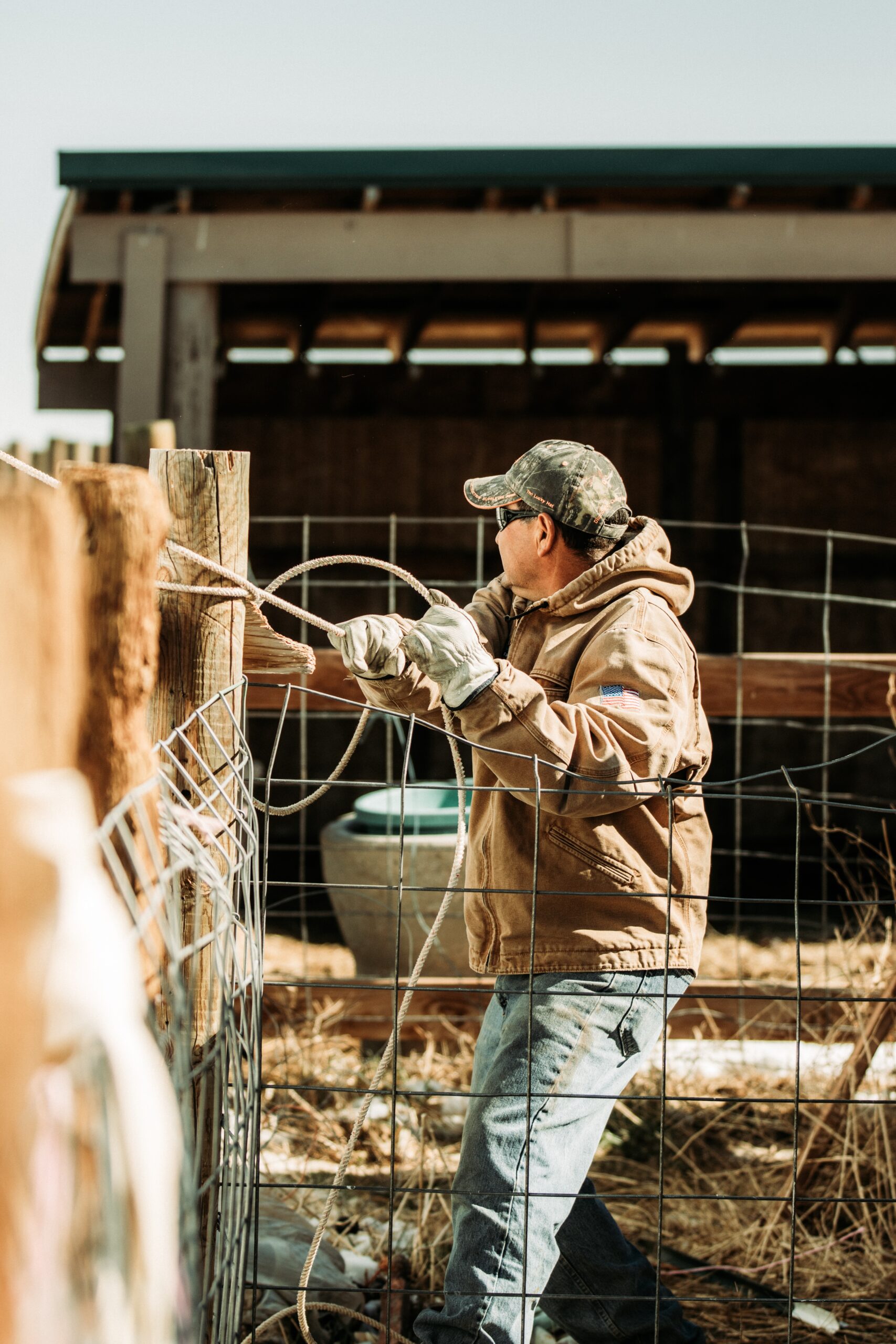
Whilst the USSA members work to exceed regulatory requirement, U.S. laws and regulations provide a robust framework, developed over many years, to ensure and promote the sustainability of its crop, livestock, seafood and forestry sectors. The policies look to immediate impacts on the environment and beyond to cover topics from employment to biodiversity to endangered species. The following pages provide context and an introduction to key federal legislation.

Focused on conservation and environmental stewardship, the USDA, working with The Natural Resources Conservation Service on technical assessment and the Farm Service Agency for enforcements, uses grant management to deliver best practice. A particular focus is on erodible lands and wetlands, with ‘sodbuster’ and ‘swampbuster’ rules, requires presentation of conservation strategies prior to conversion of lands to agricultural use. One result, that soil loss has been halved since 1982.
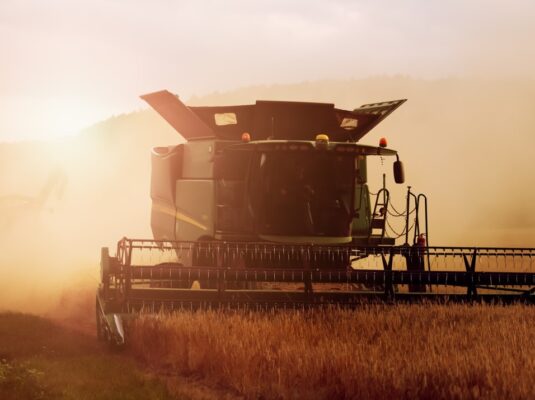
The U.S. recognizes that sustainability has many facets and action is required in explicit areas. This has resulted in the enactment of a wide range of laws from the Clean Water Act and Clean Air Act to the Endangered Species Act, to research and regulatory action on Insecticides and Fungicides and Rodenticide Act; and, with the Lacey Act a focus on illegal trafficking of plants, fish and animals.

In the latest episode of This is U.S. Sustainability, we hear from two multi-generational farmers – an eleventh-generation grains farmer from Maryland and the owner of a centennial cattle farm in Louisiana – about how they have moved with the times while staying true to their roots. We cover rotational grazing, no-till cultivation, water conservation, biotech seeds, and more. And we discuss why going back to the natural cycle is sometimes the best approach.

Tune in to the latest episode of This is U.S. Sustainability to hear how Paul Catanzaro and Professor Tony D’Amato work together to reach family forest owners and ensure they have the information and resources to make the right decisions about their land. And learn about the vital role Tim Stout, a Vermont landowner, plays in amplifying their message.

Tune in for the lowdown on the innovative, often surprising ways the almond industry and the wider food sector are reducing waste. Jet fuel, beer, water filters and peat moss to grow mushrooms – these are just some of the many applications in use and under development.
Discover how softwoods were used in the architecture of PDX Main Terminal, Portland, Oregon, in this new series from the Softwood Export Council.
Watch nowThis new series from the Softwood Export Council spotlights the global reach and versatility of American softwoods in architecture, offering a behind-the-scenes look at sustainable forestry practices.
Watch nowThis new series from the American Feed Industry Association explores the $267 billion U.S. animal food industry, offering insights into its scale and impact.
Watch now